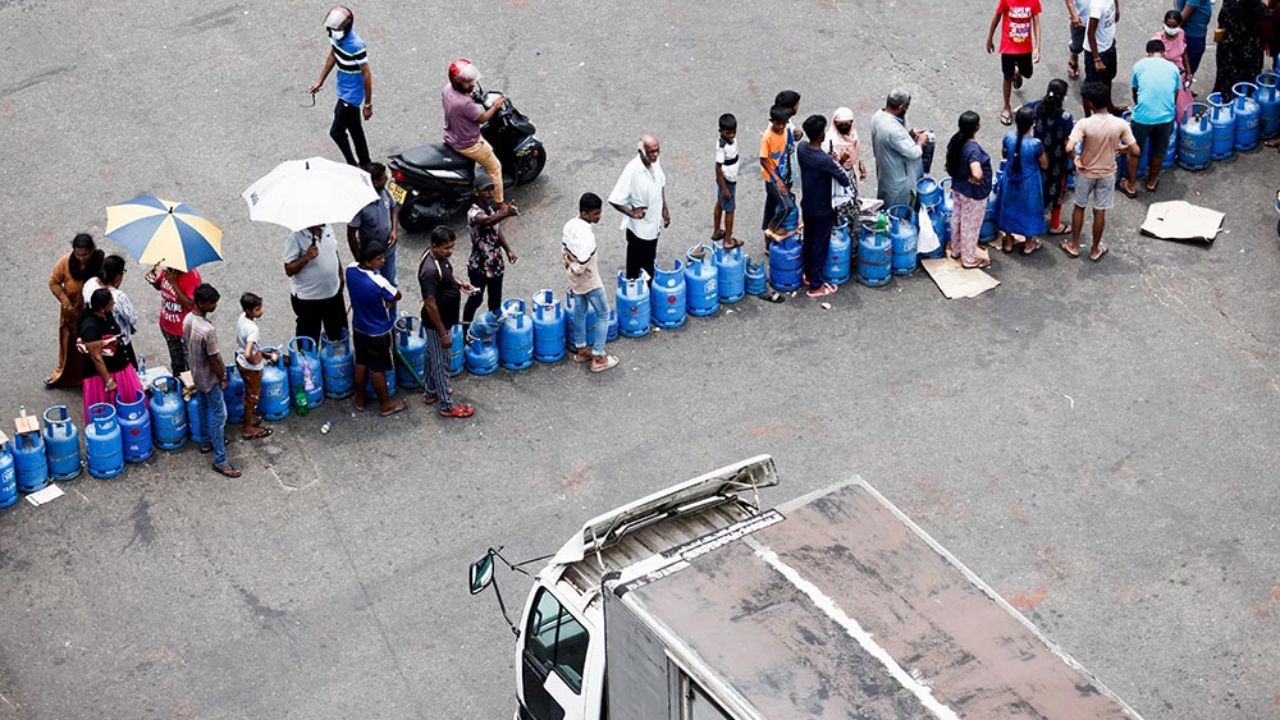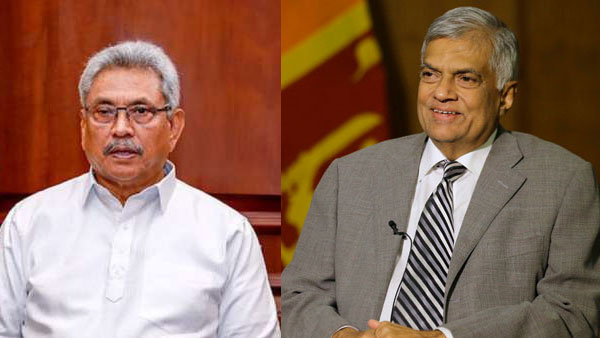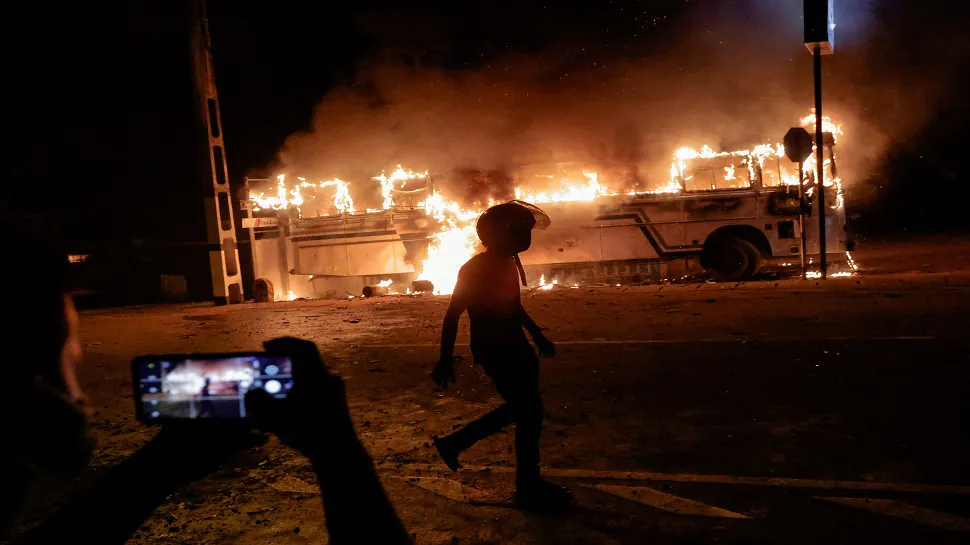Table of Contents
Background
In early 2022, Sri Lanka had undergone a tremendous economic crisis, experiencing power cuts and shortages in necessities such as fuel for buses, trains, and medical vehicles. The inflation rate in Sri Lanka soared to 50%. Sri Lanka lacked the reserves of foreign currency to import anything anymore.
As a result of the fuel shortage, petrol and diesel prices skyrocketed. In June 2022, the government banned the sale of petrol and diesel for non-essential vehicles for two weeks.

Further, due to the economic crisis, schools had to be closed, and people were encouraged to work from home to help conserve supplies.
Sri Lanka could not buy the goods it needed from abroad due to a lack of funds. In May 2022, due to the economic crisis, Sri Lanka failed to make an interest payment on its foreign loan for the first time in its history. This hampered its reputation with creditors, making it even more difficult for them to borrow money from international markets.
Plan used by Sri Lanka to tackle the crisis
Following a wide protest against the government, President Gotabaya Rajapaksa resigned in June 2022, and Prime Minister Ranil Wickremesinghe became acting president and declared a state of emergency across the country.

Sri Lanka owed $7 billion to China and $1 billion to India, and due to the economic crisis, both countries agreed to restructure their loans, giving Sri Lanka more space and time to repay their loan. As a result of this, the International Monetary Fund (IMF) agreed to lend $ 3 billion on top of the $600 million that it had lent Sri Lanka in 2021.
The government had stated that they would raise funds to repay the debt by restructuring their enterprises and privatising the national airline.

Additionally, the government also introduced income taxes for high earners ranging from 12.5% to 36% and further introduced other taxes to pay for critical purchases, including food and fuel.
Reasons for The Economic Crisis
The government attributed the crisis to the COVID pandemic, which severely impacted Sri Lanka’s tourist industry, one of the biggest foreign currency earners. Further, a series of deadly bomb attacks in 2019 also impacted this decreasing trend of tourists travelling to Sri Lanka.

While many experts also blamed Rajapaksa’s economic policies. In 2009, when the civil war between Sinhalese and Tamils ended, the government decided to focus on providing various commodities in its domestic market, instead of trying to increase its foreign reserves. This meant that the income from exporting commodities to other countries remained low, while the amount of imports kept growing.
It imported $3 billion worth of goods more than it exported, and thus it ran out of foreign currency. At the end of 2019, Sri Lanka had $7.6 billion in foreign reserves, which dropped to $250 million. Further in 2019, Rajapaksa introduced tax cuts, resulting in more than $1.4 billion per year in revenues for the government.
In 2021, when the government started facing a foreign currency shortage, it tried to tackle it by banning the import of chemical fertilisers and telling the farmers to use organic fertilisers instead. This led to widespread crop failures, and as a result, to cope with the food requirements, Sri Lanka had to import food from other countries, which made its currency shortage crisis even worse.
Recent Developments
The World Bank on Thursday approved $ 700 million in budgetary and welfare support to Sri Lanka, the biggest debt for it since the $3 billion IMF deal in March, which it hopes will bring an additional $4 billion from various multilateral agencies, including World Bank and the Asian Development Bank.

Out of $700 million, $500 million would be allotted to budgetary support, while the other $200 million would be allocated to welfare support for those heavily impacted by the crisis.
World Bank country director for Sri Lanka, Faris Hadad-Zervos, stated the World Bank’s strategy focuses on early economic stabilisation, then structural reforms and protection of the poor and vulnerable, further stating that if this debt is structured properly, it would not only revive the Sri Lankan economy but also move it towards a green, resilient, and inclusive development.
Sri Lanka is expected to release a domestic debt restructuring programme this week to push forward the restructuring of its debt with creditors and bondholders, including China, Japan, and India.












